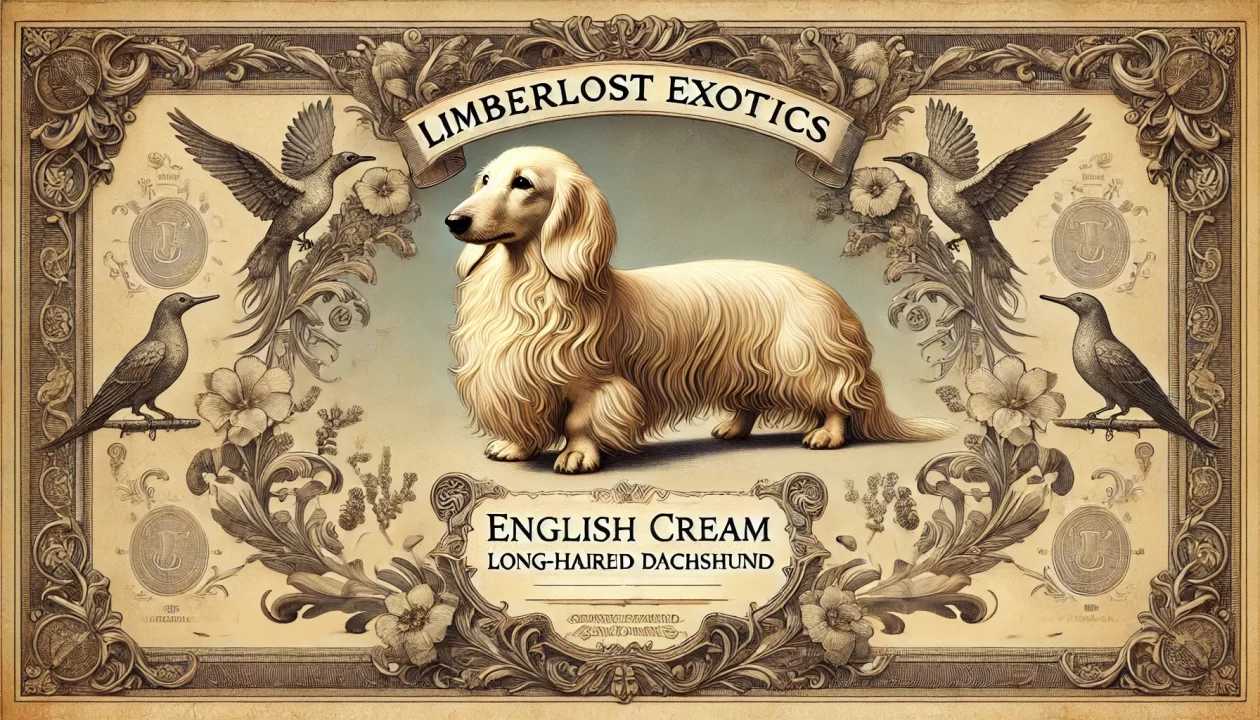If you’ve been searching for a new furry companion, you may have noticed that puppy prices have skyrocketed in recent years. Whether it’s a purebred dog from a reputable breeder or a trendy designer mix, puppies often come with hefty price tags, sometimes reaching thousands of dollars. But why are puppies so expensive?
The answer lies in a combination of breeding costs, demand, and responsible care. Let’s break down the factors that contribute to the high cost of puppies and why, in many cases, the price is justified.
- Responsible Breeding Costs Money
Reputable breeders invest heavily in their breeding programs to produce healthy, well-adjusted puppies. Unlike backyard breeders or puppy mills, ethical breeders ensure that:
• Health Testing & Genetic Screening: Parent dogs undergo expensive tests for hereditary diseases, such as hip dysplasia in large breeds or heart conditions in small breeds. These tests can cost breeders hundreds to thousands of dollars per dog.
• Quality Nutrition & Veterinary Care: Breeding dogs require high-quality food, prenatal supplements, and routine vet checkups to ensure safe pregnancies.
• Artificial Insemination & Stud Fees: If breeders use top-quality sires (male dogs), they may pay stud fees ranging from a few hundred to several thousand dollars.
• C-Sections & Medical Emergencies: Some breeds, such as French Bulldogs and Bulldogs, require C-sections for safe delivery, which can cost anywhere from $1,000 to $5,000 per litter.
• Vaccinations & Deworming: Puppies receive vaccines, deworming treatments, and microchips, all of which add to the overall cost.
These expenses quickly add up, meaning that the price of a puppy reflects the investment that went into producing a healthy, well-bred dog.
- High Demand Drives Up Prices
The demand for puppies dramatically increased during the COVID-19 pandemic, as people sought companionship while spending more time at home. Even after the pandemic, demand remains high, particularly for certain breeds.
Factors that drive up demand include:
• Breed Popularity: Dogs featured in movies, TV shows, or social media (such as French Bulldogs, Doodles, and Corgis) often become more expensive due to demand.
• Limited Availability: Breeders typically only have a few litters per year, and high demand means long waitlists and higher prices.
• “Designer” & Hybrid Breeds: Crossbreeds like Goldendoodles, Cavapoos, and Pomskies can be even more expensive than purebreds due to their trendy appeal.
Basic economics applies here—when demand is high and supply is limited, prices rise.
- First-Year Puppy Costs Add Up
Even after purchasing a puppy, the expenses don’t stop there. New puppy owners must budget for:
• Vaccinations & Vet Visits: First-year vet costs can range from $500 to $1,500, depending on location and breed.
• Spaying/Neutering: Costs range from $200 to $600, with some breeds requiring more specialized care.
• Food & Supplies: High-quality food, beds, toys, and leashes add up quickly, costing $50 to $100 per month.
• Training & Socialization: Professional training classes range from $100 to $1,000+, especially for working or stubborn breeds.
When breeders factor in the initial investment in care, it’s easy to see why puppies come with a high price tag.
- Avoiding Puppy Mills & Irresponsible Breeding
Cheaper puppies often come from unethical sources, such as puppy mills, backyard breeders, or online scams. These puppies may:
• Lack proper health testing, leading to genetic health issues.
• Be poorly socialized, making them fearful or aggressive.
• Come from poor living conditions, increasing the risk of illness and behavioral problems.
Reputable breeders charge more because they provide health guarantees, ethical breeding practices, and lifelong support for their puppies.
- Adoption as a More Affordable Option
If the cost of a purebred puppy is out of budget, adoption is an excellent alternative. Many shelters and rescues offer:
• Mixed-breed puppies for a fraction of the cost ($50–$500).
• Fully vaccinated, spayed/neutered pets ready for a home.
• A chance to save a life while still getting a wonderful companion.
Breed-specific rescues also offer purebred dogs at a lower cost, making adoption an affordable and ethical choice.
Conclusion: Are Puppies Worth the Price?
Yes! While the cost of a puppy may seem high, responsible breeders invest heavily in health, care, and ethical breeding practices. A well-bred puppy lives longer, has fewer health issues, and is better socialized, making it a worthwhile investment for dog lovers.
Whether you choose to buy from a reputable breeder or adopt from a rescue, the most important factor is finding a healthy, well-cared-for puppy that fits your lifestyle. After all, the real cost of a dog isn’t just in the purchase price—it’s in the years of love, care, and companionship they bring to your life.


